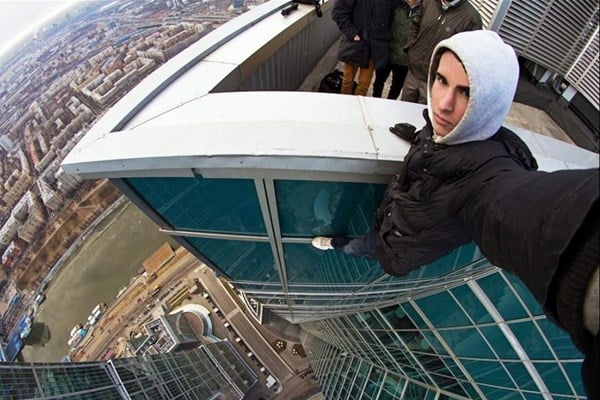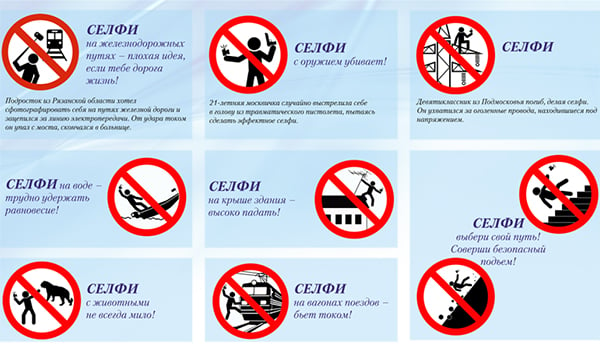Art World
New Safety Guidelines After Spate of Selfie-Related Deaths and Injuries—Will They Work?
In May, a 21-year-old woman shot herself in the head while taking a selfie.

In May, a 21-year-old woman shot herself in the head while taking a selfie.

Sarah Cascone

In May, a 21-year-old woman in Moscow shot herself in the head by accident while taking a selfie posing with a pistol. Two young men taking a selfie in January while holding a hand grenade in the Urals killed themselves in the process while their selfie remained as evidence of the failed stunt.
These selfie-related accidents are among the hundreds of reported cases that have happened so far this year that have gotten the Russian interior ministry to take charge by starting a campaign cautioning Russia’s snap-happy youth against taking awesome selfies that could cost them their lives.
The campaign has been launched via leaflet, web, and video offering tips like, don’t take selfies with a gun or while standing in front of a lion. “When a person is trying to photograph themselves, their attention is scattered, they lose their balance, they don’t look look around and feel no danger,” said the interior ministry in a statement translated by the Global Post.

Russia’s selfie safety tips.
Photo: Russia’s Interior Ministry.
The selfie-safety campaign is illustrated with red-white-and-black road sign-type drawings featuring a large red line drawn over stick figures engaging in such dangerous photo-ops as climbing an electrical tower, standing in a speed-boat, and jumping in front of a moving train.
As unbelievable as it might seem, these crazy warnings depict real incidents, including one in which a teenager was electrocuted climbing onto a railroad bridge to take a picture in May.
The 21-year-old woman who shot herself in the head taking a selfie survived to tell the tale, luckily, but not everyone does.
“Since the beginning of the year we are talking about some hundred cases of injuries for sure” and “dozens of deadly accidents,” said Yelena Alexeyeva, an aide to the interior minister, to AFP.

Alexander Remnev on a Moscow rooftop.
Photo: Alexander Remnev.
Not helping the matter are those intrepid Russian selfie daredevils like Kirill Oreshkin, who has made a name for himself breaking into buildings to perch atop the roof and take a death-defying image of himself. He has become known, unsurprisingly, as the “Russian Spider-Man.” (There is a similar, albeit less-widespread, trend in New York.)
Selfies are getting more and more dramatic all over the world—nudity-loving artist Milo Moiré was just arrested at the Eiffel Tower for her naked selfies—but Russians are really taking things to the next level.
If anything, Russia’s extreme selfies make the increasingly-common selfie stick museum ban seem like an overreaction. Is a slightly over-crowded museum really worth worrying about when people are crashing cars in the name of the selfie? Or maybe it’s better to stave off selfie derring do before it gets too extreme. And considering the number of paintings and sculptures that have fallen victim to the scourge of the selfie, maybe an art-specific version of the selfie safety info-graphics could be more useful than you’d think.
“Before taking a selfie, everyone should think about the fact that racing after a high number of ‘likes’ could lead him on a journey to death and his last extreme photo could turn out to be posthumous,” warned Alexeyeva.